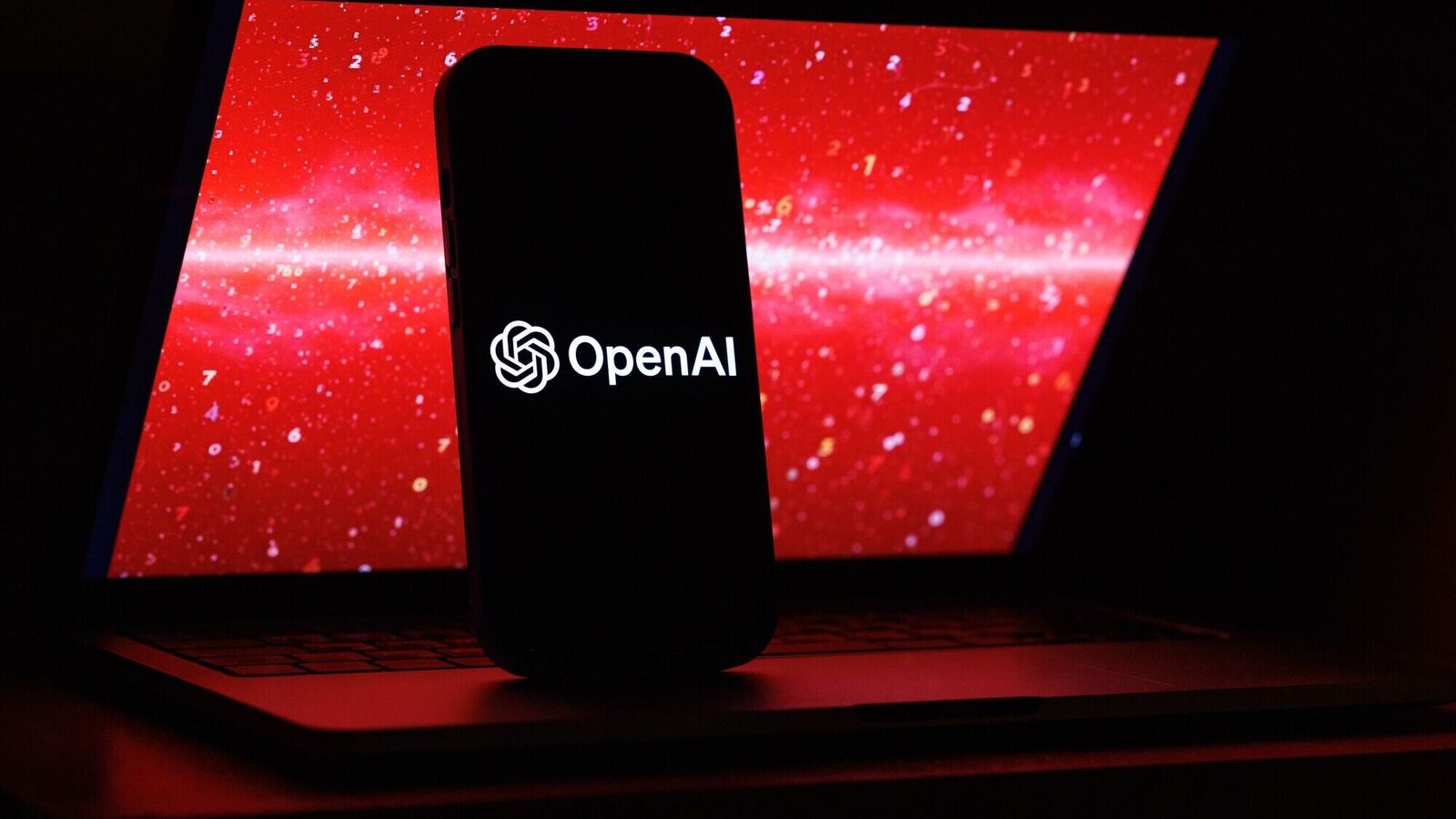What is deep research? How does it work?
Deep research is powered by the latest o3 reasoning model from OpenAI, optimized for web browsing and data analysis. The latest AI agent searches, interprets and analyzes massive amounts of text, images, and PDFs on the internet in order to create a comprehensive report which is near the level of a research analyst, OpenAI claims.
Unlike the normal searches on ChatGPT, the deep research queries will take up anywhere between 5 to 30 minutes in order to ascertain a result and the chatbot will send a notification to users once their research is complete.
While deep research currently only supports text output, OpenAI says it is planning to add embedded images, data visualizations and other analytic outputs in the coming weeks.
Why deep research doesn’t make much sense?
Deep research, much like other AI tools from OpenAI, is still prone to hallucinations (making stuff up) and the company as much in its blogpost. Moreover, OpenAI also says deep research may struggle in “distinguishing authoritative information from rumors, and currently shows weakness in confidence calibration, often failing to convey uncertainty accurately”.
All of this begs the question, how useful really is the ‘detailed report’ from deep research when you can’t be sure if the AI has made up some facts or giving you output is based on real news sources. Sure, one has an option to go through the detailed sources to verify deep search’s information but that more or less negates the purpose of having an AI agent in the first place.
For what it’s worth, OpenAI will be able to connect to ‘specialsed data sources’, which will include either subscription based or internal resources, to ‘make its output even more robust and personalized.’
openai, chatgpt, ai agent, ai, artificial intelligence
#ChatGPT #deep #research #mode #OpenAI #doubles #agents
